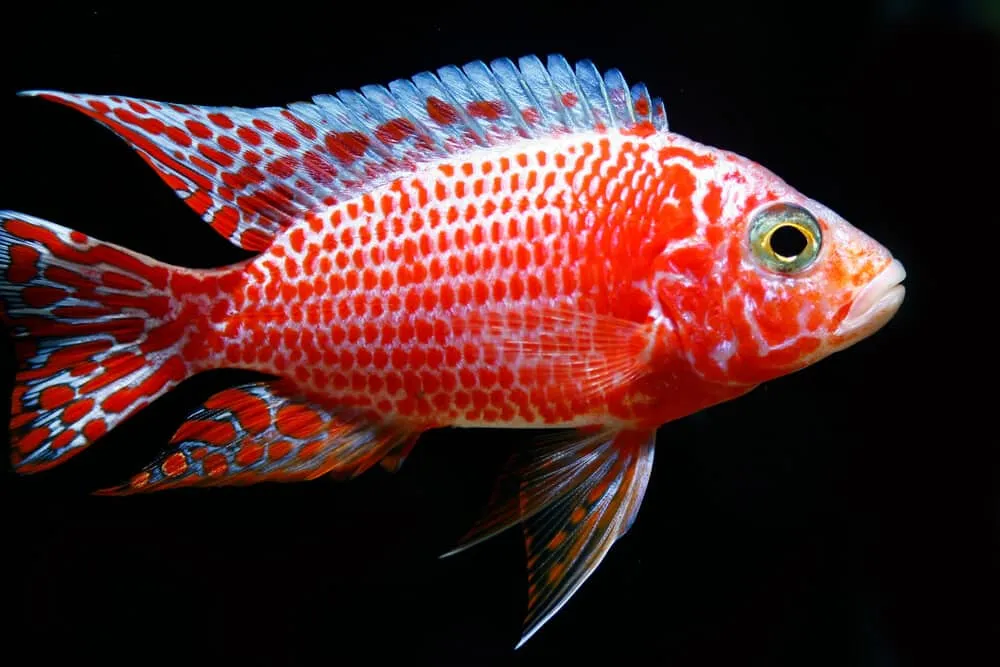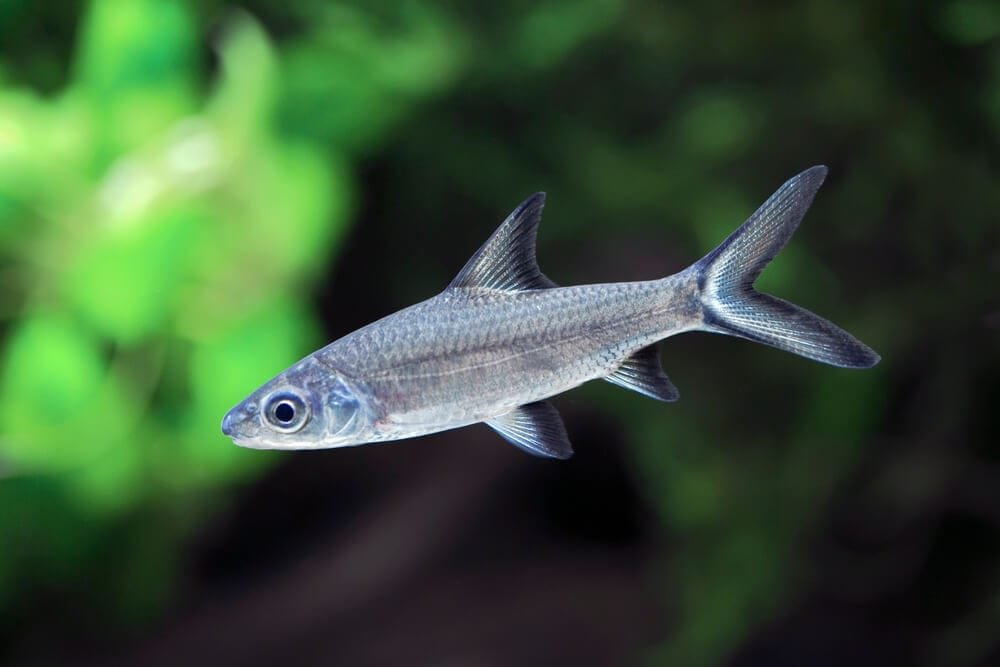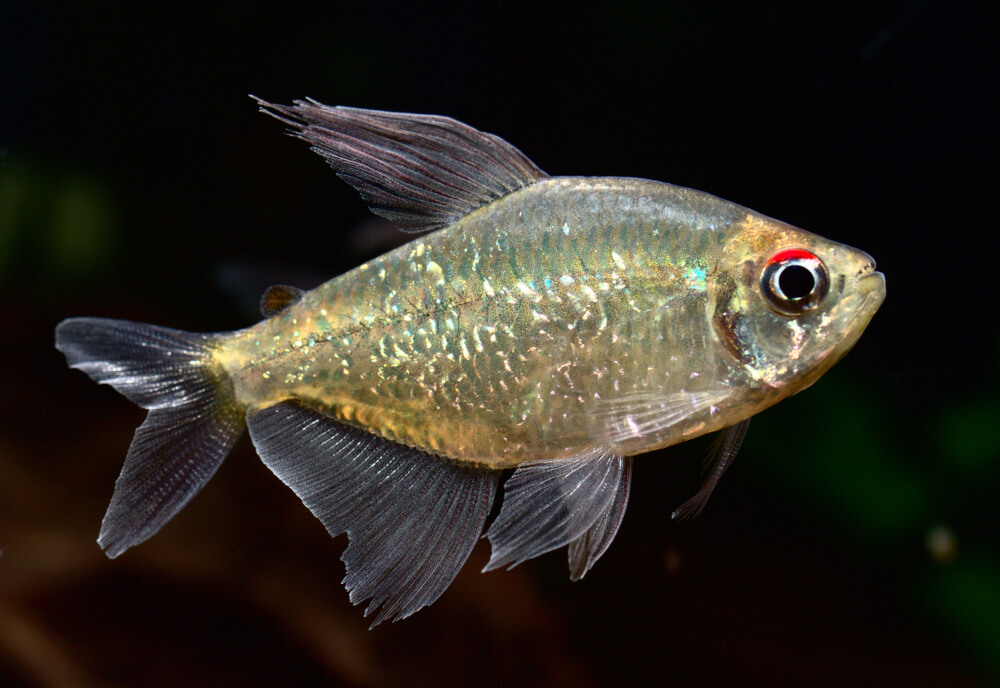How To Care For Dwarf Gourami?
Are you interested in adding a unique and vibrant fish to your aquarium? Look no further than the Dwarf Gourami! In this article, we will guide you on how to properly care for these beautiful and lively creatures. From tank setup and water conditions to feeding and breeding, we will provide you with the essential knowledge to ensure the health and happiness of your Dwarf Gourami. Get ready to embark on an exciting journey into the world of fishkeeping as we uncover the secrets to caring for these fascinating aquatic gems.
Housing
Tank Size
When it comes to housing a Dwarf Gourami, ensuring the right tank size is crucial. A tank with a capacity of at least 20 gallons is recommended for a single Dwarf Gourami, providing them with ample space to swim and explore. However, if you plan to keep a small community of Dwarf Gouramis, a larger tank of 30 gallons or more would be more suitable. Remember that these fish are active and appreciate plenty of room to thrive.
Aquarium Setup
Creating a suitable aquarium setup for your Dwarf Gourami is essential to their well-being. Start by providing a variety of hiding spots with plants, rocks, and driftwood. Dense vegetation, such as Java fern or Amazon Sword, will not only mimic their natural habitat but also provide places for the fish to retreat and feel secure. Ensure the tank has a snug-fitting lid as Dwarf Gouramis are known jumpers.
Water Conditions
Maintaining optimal water conditions plays a vital role in the overall health of your Dwarf Gourami. They thrive in a water temperature range of 77°F to 82°F (25°C to 28°C). Additionally, maintaining a stable pH level between 6.5 and 7.5 and water hardness around 4 to 8 dGH is recommended. Investing in a reliable heater and thermometer is important to monitor the temperature consistently. Regular water testing using liquid test kits is also necessary to maintain the ideal water parameters.
Feeding
Diet
Providing a well-balanced diet is crucial for the health and vitality of your Dwarf Gourami. They are omnivorous in nature, which means their diet should consist of both plant matter and protein-rich foods. High-quality flake or pellet food specially formulated for tropical fish can serve as the staple diet. Additionally, supplementing their diet with live or frozen foods, such as brine shrimp, bloodworms, or daphnia, will offer essential nutrients and variety.
Feeding Schedule
Establishing a consistent feeding schedule is important to avoid overfeeding or underfeeding your Dwarf Gourami. Feed them small amounts of food two to three times a day, only providing what they can consume within a few minutes. Overfeeding can lead to water pollution and several health issues, while underfeeding can cause malnutrition. Observe your fish closely during feeding to ensure they are eating adequately but not excessively.
Supplemental Foods
Apart from their staple diet, offering supplemental foods is a great way to enhance the health and coloration of your Dwarf Gourami. Live or frozen foods like mosquito larvae, daphnia, and brine shrimp can be regularly provided. These foods are not only highly nutritious but can also stimulate their natural feeding behavior, promoting their overall well-being.
Water Parameters
Temperature
Maintaining the appropriate water temperature is essential for the well-being of your Dwarf Gourami. Aim for a temperature between 77°F and 82°F (25°C to 28°C). Fluctuations in temperature outside this range can cause stress and make them more susceptible to diseases. A reliable aquarium heater with a thermostat is an important investment to create a stable and suitable environment for your fish.
pH Level
Maintaining the right pH level is crucial to ensure the optimal health and well-being of your Dwarf Gourami. Aim for a pH level between 6.5 and 7.5, which replicates their natural habitat. Regularly testing the pH level of the water is necessary to monitor any fluctuations. If the pH level deviates from the recommended range, adjustments can be made using pH stabilizers or natural buffering substances available at aquarium stores.
Water Hardness
Water hardness, measured in degrees of General Hardness (dGH), is another parameter to consider for your Dwarf Gourami’s well-being. Aim for a water hardness level between 4 and 8 dGH. Soft to moderately hard water is preferable, as it closely resembles their natural habitat in Southeast Asia. To maintain the desired hardness, you can use specialized water conditioners or additives designed to alter the mineral content of the water.
Tankmates
Fish Compatibility
When selecting tankmates for your Dwarf Gourami, it is important to consider their compatibility with other fish species. Dwarf Gouramis are generally peaceful and can coexist with a variety of community fish, such as tetras, rasboras, guppies, and corydoras catfish. Avoid housing them with aggressive or fin-nipping species, as this can cause stress and potential harm to your Dwarf Gourami. Researching the temperament and compatibility of potential tankmates is crucial to create a harmonious aquatic community.
Community Tank
Creating a peaceful community tank is possible with proper planning and suitable tankmates. Provide hiding spots and visual barriers using plants or decorations to minimize territorial conflicts and provide a sense of security for all the fish. A well-balanced community tank creates a natural and visually appealing environment, promoting the overall well-being of your Dwarf Gourami and other tankmates.
Breeding Considerations
If you’re interested in breeding Dwarf Gouramis, it is recommended to set up a separate breeding tank. This tank should be equipped with dense vegetation, such as floating plants, to provide ample hiding spots for the eggs and fry. Additionally, maintaining optimal water conditions, including temperature, pH levels, and water hardness, is crucial for successful breeding. Highly specialized breeding techniques are required, so researching and understanding the specific requirements of Dwarf Gourami breeding is essential.
Behavior
Social Behavior
Dwarf Gouramis exhibit fascinating social behaviors that can be observed in a well-maintained aquarium. They are generally peaceful, non-aggressive fish that thrive in the company of their own species or other peaceful community fish. Observing their vibrant colors and interaction with each other adds interest and beauty to your underwater landscape.
Aggression
While Dwarf Gouramis are generally peaceful, occasional aggression can occur within their own species, especially between males competing for territory or during the breeding season. It is important to provide plenty of hiding spots and visual barriers to minimize aggression. If aggression becomes excessive and one fish is being constantly targeted, removing the aggressor to a separate tank is the best course of action.
Territoriality
Dwarf Gouramis can exhibit territorial behavior, especially in breeding pairs or when establishing a hierarchy within a group. It is important to provide ample hiding spots and separate territories within the tank to minimize conflicts. Dense vegetation and the presence of visual barriers can help create distinct territories for each fish, reducing stress and potential aggression.
Tank Maintenance
Water Changes
Regular water changes are crucial to maintain good water quality and ensure the overall health of your Dwarf Gourami. Aim to replace 20% to 30% of the water every two to four weeks. This helps remove accumulated toxins, such as nitrates, and replenishes essential minerals. When performing water changes, ensure the new water is properly treated with a dechlorinator to remove harmful chemicals that can harm your fish.
Cleaning the Tank
Regularly cleaning your aquarium is important to remove debris, uneaten food, and waste materials that can cause poor water quality. Use a siphon or a gravel vacuum to remove accumulated debris from the substrate during water changes. Be careful not to disturb the beneficial bacteria in the biological filter while cleaning, as they play a crucial role in maintaining water quality.
Filter Maintenance
Proper maintenance of your aquarium filter is important to ensure its optimal functioning. Follow the manufacturer’s instructions for routine cleaning and replacement of filter media. Regularly monitor the flow rate and check for any signs of clogging or damage. A clean and properly functioning filter helps maintain water clarity, removes harmful pollutants, and promotes a healthy environment for your Dwarf Gourami.
Disease Prevention
Quarantine Procedure
Implementing a quarantine procedure when introducing new fish to your Dwarf Gourami tank is an important step in disease prevention. Quarantine tanks allow new arrivals to be observed for any signs of illness before introducing them to the main tank. This helps prevent the spread of diseases and reduces the risk of introducing pathogens to the existing fish population. Quarantine tanks should be equipped with separate equipment and carefully monitored for any signs of illness.
Proper Tank Hygiene
Maintaining proper tank hygiene is crucial to prevent the onset and spread of diseases. Regularly remove debris, dead plant matter, and uneaten food to reduce organic waste in the tank. This waste can contribute to poor water quality and the growth of harmful bacteria and parasites. Maintain a regular tank maintenance schedule, including water changes and cleaning, to ensure a clean and healthy environment for your Dwarf Gourami.
Observing Fish Health
Observing the health of your Dwarf Gourami is essential to detect any signs of illness or disease at an early stage. Regularly observe their behavior, appetite, and physical appearance. Signs of illness can include changes in swimming patterns, loss of appetite, abnormally clamped fins, visible parasites, or unusual growths. If you notice any signs of illness, promptly isolate the affected fish and seek appropriate treatment from a qualified aquatic veterinarian or professional.
Common Diseases
Dwarf Gourami Disease
Dwarf Gourami Disease, also known as iridovirus or DGIV, is a viral infection that affects Dwarf Gouramis. Symptoms may include a loss of color, lethargy, swollen abdomen, and eventual death. Unfortunately, there is no known cure for this disease, and infected individuals should be isolated and humanely euthanized to prevent the spread to other fish.
Ich (White Spot Disease)
Ich, or White Spot Disease, is a common parasitic infection that affects a wide range of freshwater fish, including Dwarf Gouramis. Infected fish may exhibit white spots resembling grains of salt on their fins, body, and gills. Treating Ich involves raising the water temperature and using medication specifically designed to combat the parasite. Prompt treatment is important, as Ich can be fatal if left untreated.
Fin Rot
Fin Rot is a bacterial infection that can affect the fins and tails of Dwarf Gouramis. Symptoms include frayed, discolored, or deteriorating fin tissue. Poor water conditions, stress, and injury can contribute to this infection. Treating Fin Rot involves improving water quality, addressing any underlying issues, and using appropriate antibiotic medications. Clean and stable water conditions are essential for successful recovery.
Breeding
Creating a Breeding Tank
To breed Dwarf Gouramis successfully, it is important to set up a separate breeding tank. Use a tank size of at least 10 gallons, equipped with floating plants and dense vegetation to provide hiding spots for the eggs and fry. Place a spawning mop or a breeding mop made of fine yarn or nylon in the tank to simulate the Gouramis’ natural spawning environment.
Choosing a Mating Pair
To initiate the breeding process, select a compatible male and female Dwarf Gourami. Look for vibrant colors and healthy bodies, as these are indicators of good breeding stock. Place the selected pair in the breeding tank and monitor their interactions closely. Separating the other fish in the community tank during breeding can help reduce stress and ensure the focus remains on the breeding pair.
Breeding Process
The breeding process typically begins with the male Dwarf Gourami constructing a bubble nest on the water’s surface near the plants or breeding mop. Once the nest is built, the male will entice the female to spawn by performing a courtship dance. During the spawning process, the male embraces the female, causing her to release eggs. The male then fertilizes the eggs and collects them in the bubble nest. After spawning, it is important to remove the female from the tank to prevent harassment from the male.
Conclusion
Caring for Dwarf Gouramis can be a rewarding and fulfilling experience. By providing an appropriate tank size, suitable tankmates, balanced nutrition, ideal water conditions, and paying attention to their health, you can ensure the best possible care for these beautiful fish. Remember to regularly observe your Dwarf Gouramis, maintain proper tank hygiene, and be vigilant in disease prevention. With the right care and attention, your Dwarf Gouramis will thrive and bring a touch of vibrancy to your aquarium.






